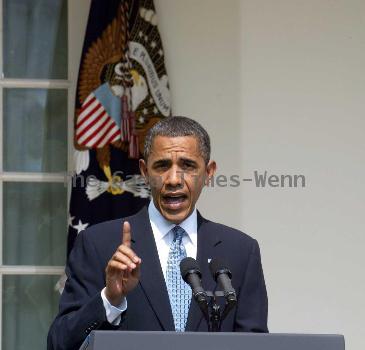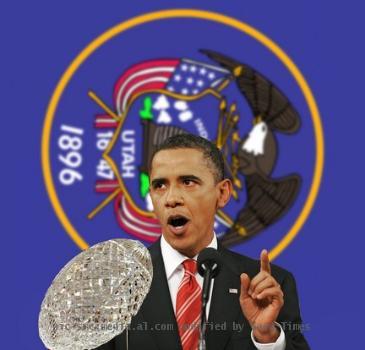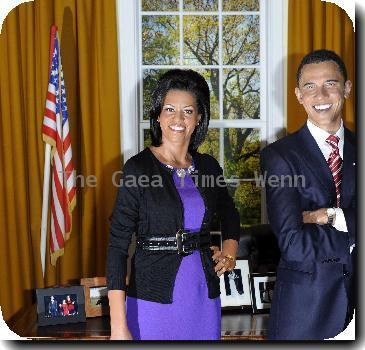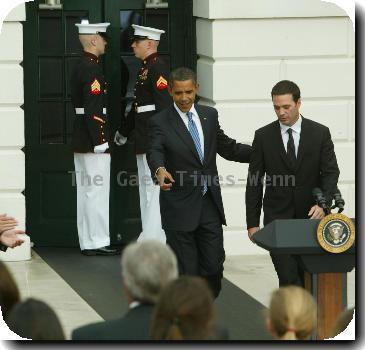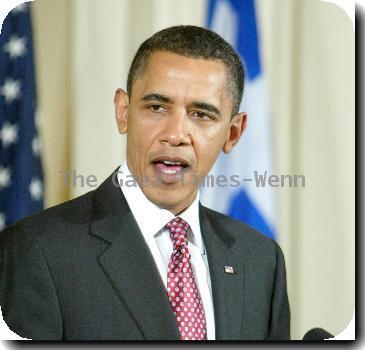Consumer spending ticks up in July, but slow growth in incomes keeps economy limping along
By Martin Crutsinger, APMonday, August 30, 2010
Americans spend a bit more as economy limps along
WASHINGTON — Americans are spending a little more this summer, but hardly enough to rejuvenate the weakening economy.
What is needed is a bigger boost in salaries and more jobs. Economists don’t see either coming this year, which is why the economy is likely to limp along.
Still, modest gains in spending were a welcome sign after a string of economic reports last week raised fears of the country slipping back into a recession.
“The consumer hasn’t taken the economy back into recession,” said Stuart Hoffman, chief economist at PNC Financial Services Group. “The consumer is still moving forward but they are doing it at a very modest pace.”
Consumer spending rose 0.4 percent in July, with much of the strength coming from increased demand for autos, the Commerce Department reported Monday. It was the best showing since March, but it followed three lackluster months when spending was essentially flat.
Americans did earn a little more in July after seeing their incomes unchanged in June. Still, the 0.2 percent increase was mostly the result of small wage and salary gains that fell far below increases seen in more robust economic recoveries, economists said. And some of the gains came from a jump in Social Security payments.
Without job growth, consumers are not expected to spend much more. But the economy is growing too slowly to support sustained hiring and companies are waiting to see more demand from consumers. That has left the economy stuck in limbo.
Last week the government reported that the economy grew at an anemic 1.6 percent rate in the April-to-June quarter and sales of previously occupied homes fell last month to the lowest level in 15 years. A private-sector report also noted that Americans bought new homes at the weakest pace in nearly half a century.
On Monday President Barack Obama acknowledged the fragile economy while imploring Congress to pass a small business aid package when it returns next month from its summer break.
He mentioned extending Bush tax cuts due to expire this year for households making under $250,000 a year, upping the nation’s investment in clean energy, rebuilding more roads and highways and tax cuts designed to keep jobs in the U.S.
“My economic team is hard at work identifying additional measures that could make a difference in both promoting growth and hiring in the short term and increasing our economy’s competitiveness in the long term,” he said.
Paul Dales at Capital Economics said the economy is likely to remain in a slow-growth rut for several years. He said economic growth is likely to average around 2 percent for the rest of this year and through all of 2011 and 2012 as well. That’s far below the rates needed to drive the 9.5 percent unemployment rate lower.
It takes stronger growth — around 5 percent for a full year — to drive down the unemployment rate by 1 percentage point.
“This is a pretty weak recovery coming out of a recession that was deeper and more painful that most downturns,” Dales said. “That means the unemployment rate is likely to remain stuck around 9.5 percent this year and it won’t fall below 9 percent for a number of years.”
One area that has grown since the recession is the personal savings rate. While it slowed to 5.9 percent of after-tax income in July, it is still nearly three times higher than it was before the recession. Economists had long worried about low savings in the United States. But now they fear households have become too frugal and that is holding back consumer spending.
Economists had expected a rebound in spending for July. An earlier government report showed that retail sales rose during the month for the first time in three months.
The gain in spending reflected a 1 percent jump in demand for durable goods. About half of that increase came from a jump in auto sales, the government said.
For July, private wages and salaries rose at an annual rate of $23.3 billion. That compared with a decline of $45 billion in June with manufacturing and service payrolls both showing increases.
Government wages and salaries fell at an annual rate of $1.1 billion in July after a decrease of $3.3 billion in June. The decline in the number of temporary census workers subtracted $1.4 billion at an annual rate from federal payrolls in July after subtracting $3.4 billion in June. In addition, many state and local governments, struggling to deal with rising deficits, are having to lay off thousands of workers.
The weak economy has kept inflation under control. A price gauge tied to consumer spending rose a modest 0.2 percent in July and is up just 1.5 percent over the past 12 months. Excluding food and energy, prices rose 0.1 percent in July and are up 1.4 percent over the past 12 months.
Associated Press Writer Julie Pace contributed to this report.
Tags: Barack Obama, Consumer Spending, Government Pay, Labor Economy, North America, Recessions And Depressions, United States, Us-economy, Washington
